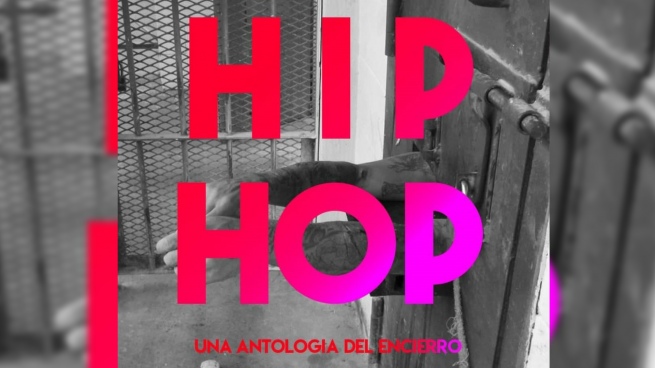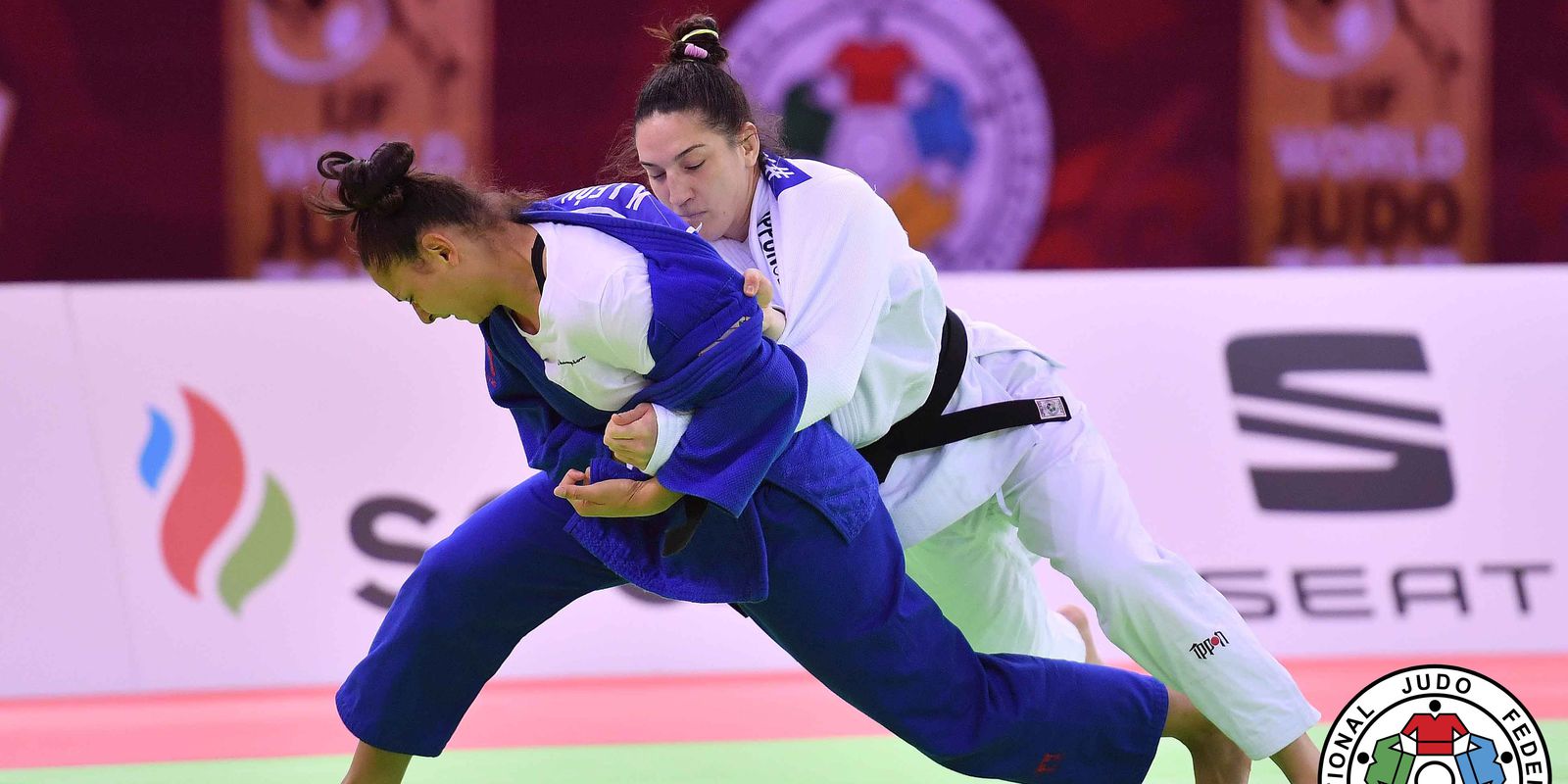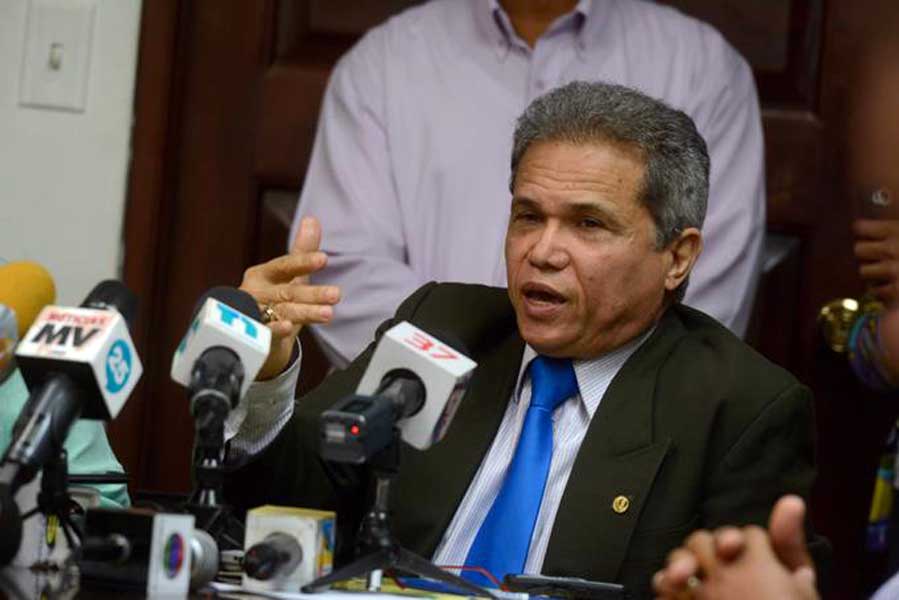Back in 2017, Alan Swiszcz was going to teach Prison Sociology and Criminology at the CUD (Centro Universitario de Devoto). In this space, part of the Study Program of the University of Buenos Aires in establishments of the Federal Penitentiary Service, various workshops, seminars, and careers are given. Among them, the law.
One day, chatting about music before a class, one of the students tells him that in his pavilion there is a kid who loves to rap. Alan is a lawyer and works in the area of Human Rights, but he is also a musician. Then, quickly, it occurs to him that he would be nice to record it. The kid’s name is Christopher. It is difficult to lower him to the CUD space because he is not a university student like other prisoners.
“They told me that there was a music workshop, but there was no teacher. The kid who told me about him told me ‘I’ll download it to Cristopher, but have a good time and stay as a workshop teacher.’ I was enthusiastic about the idea, it was all very informal. The workshop, in practice, was that there were a couple of instruments and the kids got together to play cumbia. There was a very download thing. I got there and the first hour and a half was a couple playing and all the others going on to sing each one a cumbia. CRISTOFER (Cristopher Schaerer) was the most constant to sing, it wasn’t that he just went and unloaded, he wanted to put together a band in there. Deep down, he wanted to rap more than to sing, but everyone wanted to play cumbia. So every four cumbia songs, he showed us on the guitar a base that he had put together, he passed it to all of us and there he rapped on top of it”.
Alan wanted to record it but the prison service never let him in a microphone. It was through a loan from the guys who gave the radio workshop that he managed to record CRISTOFER’s first theme: “Candados”.
This experience raised a question that led to a more ambitious project: could it be that, like Cristopher, there are many other children deprived of their liberty who like to rap, compose, make music, and do not have the tools to do it from the inside? ? Alan then set out to track down other imprisoned rappers and musicians, record their compositions and compile them into an album. Today, that album is a reality that is titled El Otro Lado de la Reja, Vol. 1 and is in the process of being released.
“After a while I was contacted by Kung Fu Ombijam (Federico González), a Uruguayan former prisoner rapper that since he regained his freedom he goes to a prison in Montevideo to give a rap workshop”, he tells me. “I asked him if he wanted to record. He asked me to give him the clues to show the kids. I passed them on for two weeks He sent me the track of one of them, MC Mafia”.
CM Mafia recorded in unit 6 of Punta Rieles, Montevideoa topic titled “Change the world”which will be released next Saturday, July 16 as the second preview of the album, following “Locks”Cristofer’s theme, which is available on Spotify.
The next contact Alan received was closer. “It came to me that there was a kid who rapped in the José León Suárez prison. So I went. And there I met a beautiful space. Unit 48 of the Buenos Aires Penitentiary Service has a space there that belongs to UNSAM (University of San Martin), CUSAM. They give a lot of workshops and, among them, there is one on radio. The boy they told me about, YouKilla (Marianao Pérez), he was there all day, every day, recording himself. And in addition to him, there were Vicente and Laura Arias, who also made music”.
The José León Suárez complex houses the largest number of women in the entire Buenos Aires prison system. Unlike CUD, CUSAM is a mixed educational space. So it was that the first female voice was incorporated into the project: Laura’s. As a singer, she got her first lyric composition experience by co-writing with the two rappers some snippets of her songs, in which she accompanies them. She also joined as an instrumentalist the violinist Adriana López. For this process, if you will, more group, Alan started going weekly to work with the four of them.
Like most of the people who met Alan through the project, Mariano is already free. I ask him how the recording process was. “And, it was something very cool that not only helped us at that time but also encouraged us to move forward, continue doing things and producing. To try to make ourselves visible, somehow. And always looking for that: that others could listen to the work and the art that one makes, that it is difficult for it to reach the masses, or for it to reach the people. The important thing about all this is that we were always able to continue making music, in one way or another. Alan came up with this project and it was very interesting. was to participate in an inter-prison album, and also international. Something very crazy to share that experience with Alan. The camaraderie, the kindness, the vision, all of that. And also his willingness to let us decide a lot of things.”
Fellowship is a word that also appears when I chat with Alan. He tells me that at first he thought of the project alone, but as it progressed he began to understand that prisons are full of spaces for organization and collective creation that already exist, and that working to build bridges with those spaces made everything infinitely richer. The experience transformed his own way of inhabiting the penitentiary space and connecting with the reality it contains.
“I always lived with the question that I am a lawyer – I am dedicated to human rights in prisons – and, at the same time, I am a musician. They were always two laburos that ran along parallel paths, they had never crossed paths… until now. It was super interesting because, for working in human rights, I was already going to prison often, to different prisons. But the conversations in the pavilions, with the prisoners, going in a framework of investigation regarding institutional violence, working on prevention of torture, interviewing prisoners about these issues, were of a very different quality. As a human exchange, it was very different to go as a music workshop teacher, or a producer who comes to record a rap song, or a bassist for a cumbia band. I got to know a totally different side of prison. Because there is violence. In prisons, in police stations, in Argentina and around the world, there is torture. That exist. But there are also other things: bonds of solidarity, of camaraderie. A lot of things happen in there. And going to do an artistic job was discovering that. An interview with a prisoner in the context of the investigation of acts of torture makes that person put himself in a place of resistance, a hard place. Through this project I found a way to bond in a more sensitive, more vulnerable, softer way. He was great.”
Alan is not talking about this specifically, but the transformation of his vision of the project when he came across these spaces that already existed before he approached, made me think about the importance of that operation. Having an idea and meeting people who have already built on the base, on the embryo that feeds that same idea, it can be an event with great empowering power. Many times it is a highly personal decision, preparing to draw links that, rather than differentiating one’s own initiative from the others, bring them closer and widen them. I think that articulating with already existing organizational spaces in the territories is an important challenge for politics. The popular organization has always been a response to the faults or carelessness of official or state agencies. In periods of seeking to build a strong State that responds to the needs of society, it would be -perhaps- elementary to legitimize the devices of contention, exchange and collective action generated by society itself, and the articulation of the tools with these, at the service of their continuity and empowerment. The union of strategies would be a way to strengthen both the popular organization and the state organization.
“CUSAM is a space for organization between prisoners, the University of San Martin and the militancysays Alan. The kids are already working steadily. To give you an example, the cover of one of the songs that we recorded in José León Suárez and will be published soon, is being put together by a group of kids from there who have already been released and stayed in contact with the teacher who gave them photography . So they continue to do the workshop outside.”
“I found out about it at university,” Mariano (YouKilla) tells me about joining the project. “At that time I was a student at CUSAM, studying Sociology, and one day Alan appeared there and the university directors explained to us what he had come to do. And then I realized that many acquaintances had already worked with him, had already recorded. And that was very good.”
He tells me that at that time the proposal was not taken so seriously by everyone, but that he sees very clearly the transformation that starting to produce inside the prison means. “Now they started to really use it. In those years it seemed like a mockery. Later they realized that it was good, that it was channeling and taking out the things that one has inside, that it does good, it is a bit of therapy: writing, singing, forming a song. All of that was something that helped the boys a lot.”
Although initially the project culminated with the publication of a compilation album, along the way, the process revealed areas of greater power. “I ended up finding the process itself much more interesting than the result. That is why all the materials will continue to come out, but the idea is that it be an open process.” Alan tells me that, through the Instagram profile (@hiphopencarceles) a lot of people are starting to talk to them. “Contacts of detained people, or even detained people themselves. So we are communicating with people who work in other prisons. And at the same time, there is the idea of presenting live. As most of the people who recorded are now free, it stopped being the epic that it was, in which permissions had to be obtained for everyone to come out. That, which was a dream, now it’s a matter of waiting for everyone to be released, organize, get together and do it. We thought about presenting it in a bar. The idea is also to open the space to other projects. For example, in José León Suárez there is a band called SALE 500. They rehearse every week, and they go out to play when there are permits. It would be great if they could participate.”
Hip hop in prisons is an experience that combines the value of collective organization as a vehicle to meet desires and needs, and the power of artistic expressions to channel them through contact with the sensitive.
Rivers of ink have been written about the inexhaustible transforming power of artistic expression on the one hand and collective organization on the other. When combined, wonderful things can happen. Wonderful things like freedom in confinement.
I have one last question for Mariano. “Music, what does it mean to me? It means a lot. It means a lot of things. Freedom. It’s like, like studying, like having an independence. It is: that you can say and you can think what you want. And you can share what you want. I believe that music is freedom. Is that”.
CRISTOFER’s “Candados” is now available on Spotify and MC Mafia’s “Cambiar el Mundo” will be released on August 18. These are the first two advances of the compilation album: The Other Side of the Fence, Vol 1. You can find out more about the project on his instagram profile: @hiphopencarceles.










